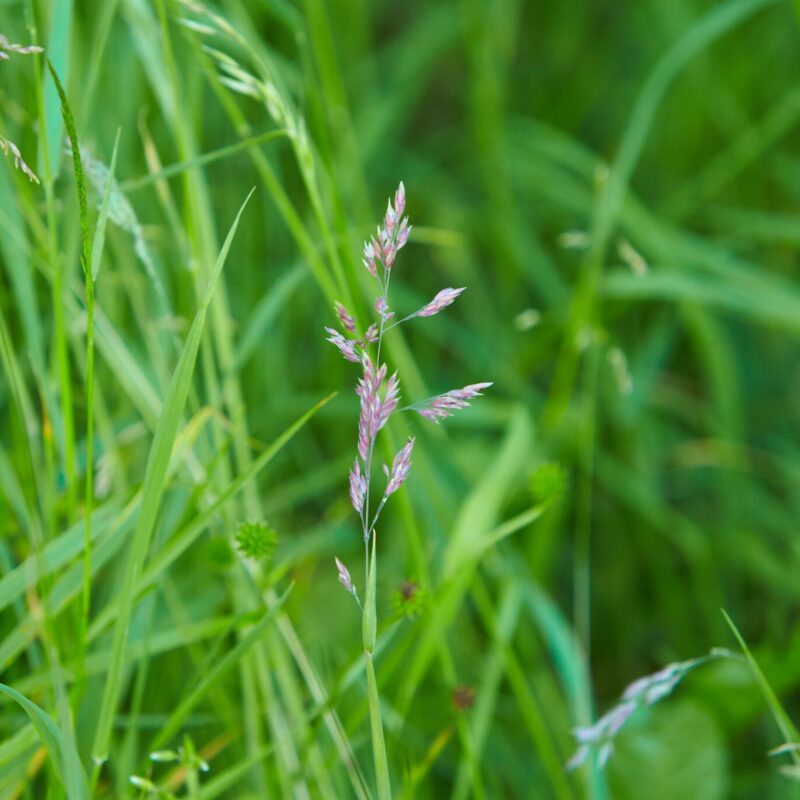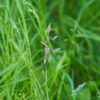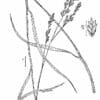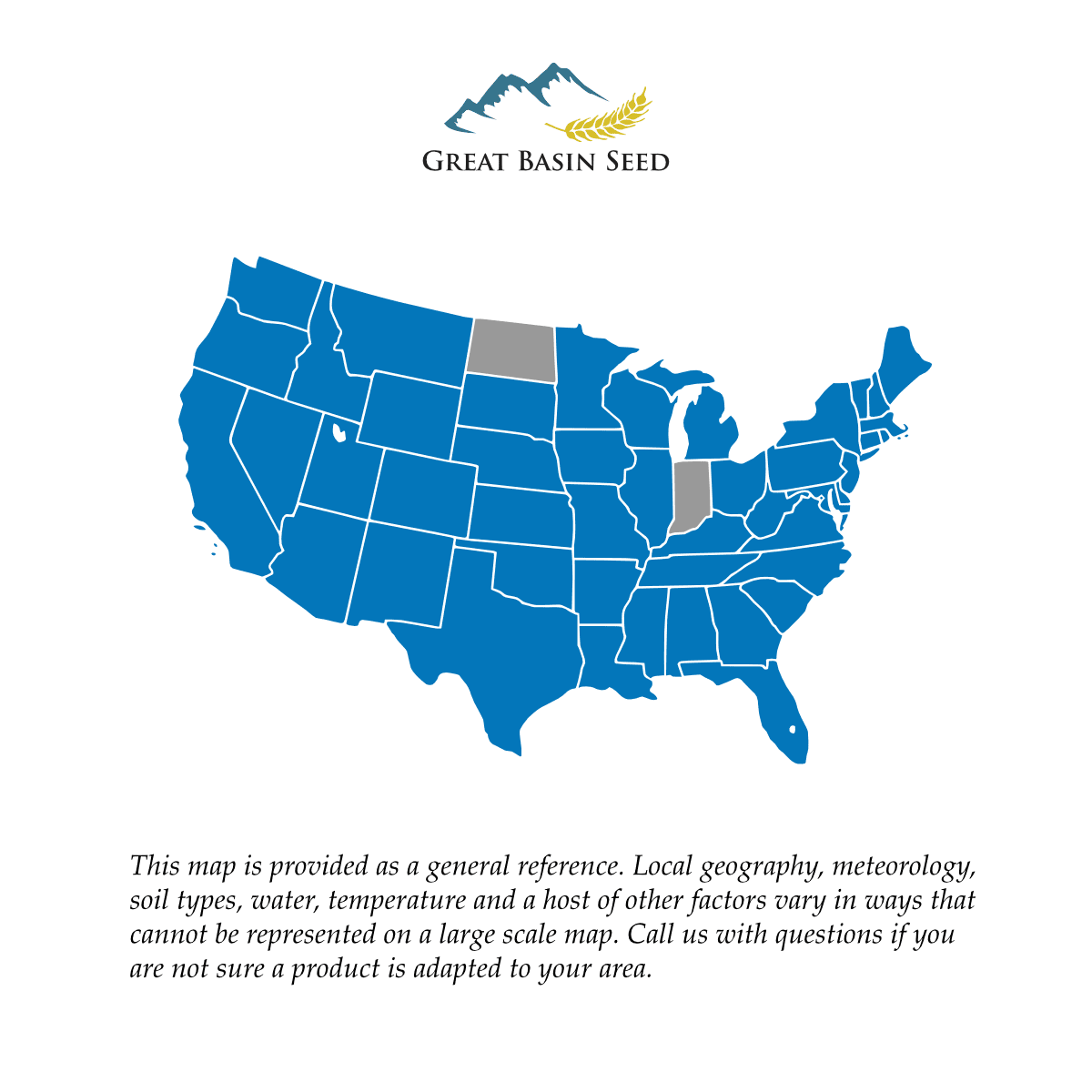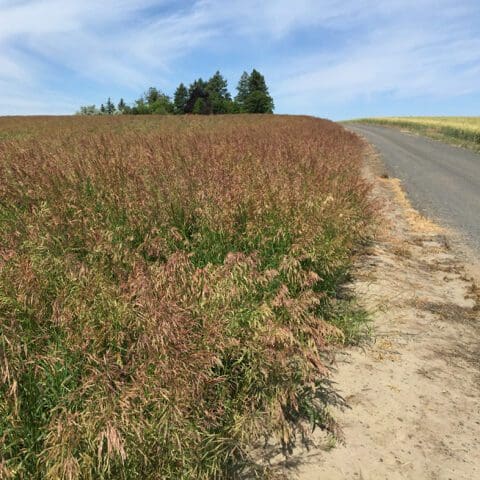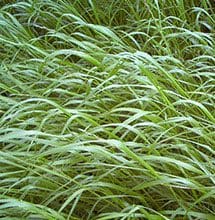Min. to Max. Annual Precipitation
36in.
Average Max. Height
Fawn Tall Fescue is endophyte free cool-season forage and pasture grass. Widely used for pasture, hay, turf, and erosion control. It is adaptable to many soils and moisture types. It withholds heat and dry conditions better than other grasses. Used in pasture, roadside, and waterway mixes.
Fawn Tall Fescue (Festuca arundinacea) is an endophyte free cool-season forage and pasture grass widely used for pasture, hay, turf, and erosion control. It is adaptable to many soil and moisture types. This deep-rooted variety is tolerant of intensive grazing and animal traffic. It withstands heat and dry conditions better than other grasses. Fawn Tall Fescue (Festuca arundinacea) is deep rooted and tolerant of intensive grazing. It is long-lived.
Tall Fescue will grow fairly well on soils low in fertility, but it is better adapted to fertile conditions. It will produce top growth when soils are as cold as 40 F, and it continues growth into late fall in the south.
Tall fescue is easy to establish due to its rapid germination and good seedling vigor. It may be planted by any common method such as grass seeders, hydroseeding, and broadcasting. The areas of tall fescue adaptation include all areas east of the Great Plains, except southern and central Florida. Other areas of adaptation include the Pacific and Intermountain Northwest and extreme southern Alaska.
Tall Fescues are used in pasture, roadside, and waterway mixes. For livestock uses, an endophyte free variety should be used to avoid problems with palatability and animal health.
Quick Plant Facts
| Common Name: | Tall Fescue |
|---|---|
| Scientific Name: | |
| Available Varieties: | |
| Seed Count | 227,000 seeds/lb. |
| Origin: | |
| Lifespan: | |
| Growth Season: | |
| Elevation of Occurance: | |
| Plant Type: | |
| Growth Height: | |
| Min. Precipitation | 16 Inches Minimum |
| Root Form | Bunchgrass |
| Planting Rate: | |
| Best Time to Sow: | |
| Max Sowing Depth: | |
| Sun & Shade Tolerance: | Part Sun, Part Shade Tolerant |
| pH Tolerance: |
